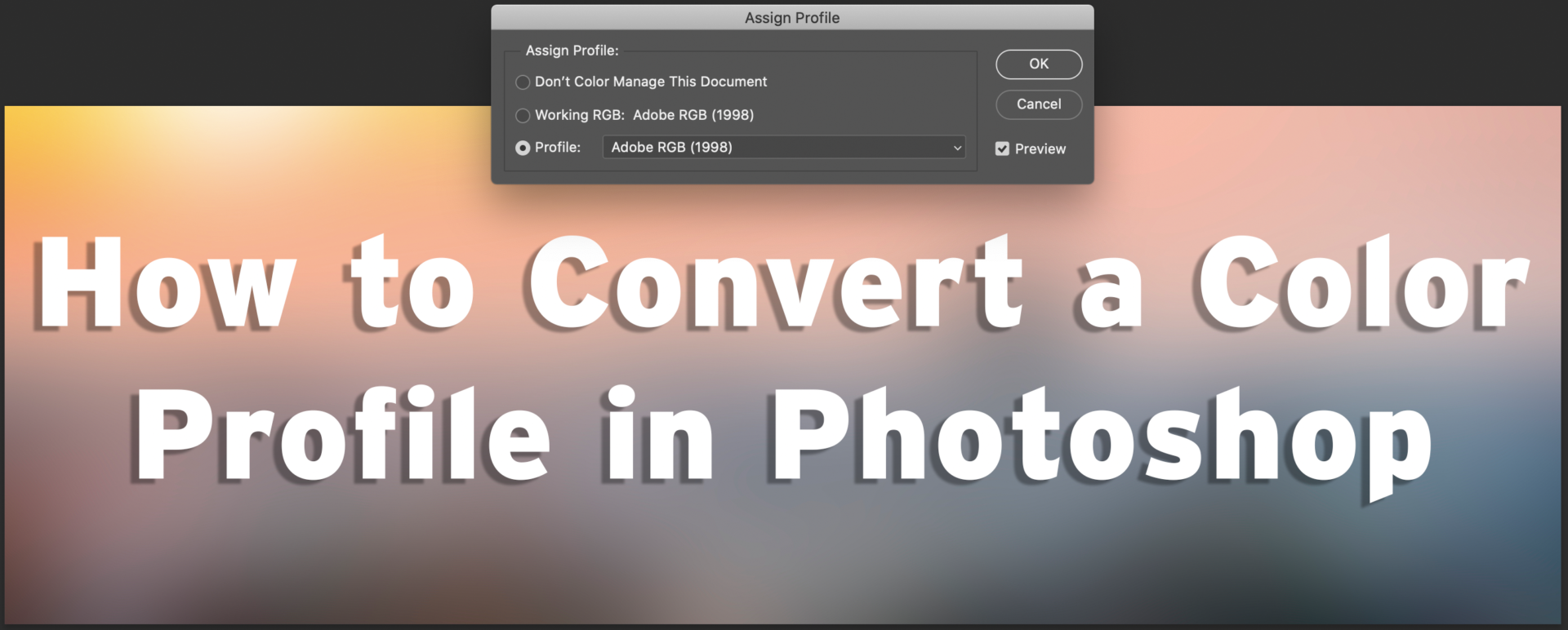So using 8 bits for each channel, in RGB, gives 256 values of Red, 256 of blue and 256 of green.256 x 256 x256 = 16777216. Guess what: 16.7 million colour values.! So in sRGB there will be 16.7 million colours available at 8 bits per channel. In ProPhoto there will also be 16.7 million colours available.
Prophoto Rgb Vs Adobe Rgb 1998
Color Management Resources
Color Management in Practice - Advantages of the Adobe RGB Color Space
- The Adobe RGB (1998) ICC profiles for Windows are the ICC profiles necessary for displaying and printing the colors of the Adobe RGB images with fidelity.
- Definition: Adobe RGB (1998) color image encoding. Characterization data. Documentation source: see Adobe RGB (1998) color image encoding. Electronic data source: Equations defining characterisation in AdobeRGB1998.pdf (available from ).
- Working Space – Adobe RGB (1998) The best space for overall photographic editing inkjet printing. NOTE: If all of your images go to a PHOTO LAB you should set the working space to sRGB. Ask your lab what color space they are expecting with your files.
- Color Management Resources
Advantages of the Adobe RGB Color Space
Adobe Rgb 1998 Profile
Utilizing the Wide Color Reproduction Area of Adobe RGB
Adobe RGB is a practical RGB color space that was introduced in 1998 by Adobe Systems Inc. As you can see from the color reproduction area comparison graph of Figure 1, compared with sRGB, Adobe RGB has a greater range in some parts of the color reproduction area, such as from blue to green. Adobe Photoshop can now handle image data that has been stored according to the Adobe RGB color space. Furthermore, there are now high performance scanners and digital cameras for professional use that use the Adobe RGB color space. When Adobe RGB is used for the image data, the monitors used to display these images also need to support the wide color reproduction area of Adobe RGB.

Improving Precision of Color Calibration on Monitors
Adobe Rgb 1998 Vs Srgb
If the monitor is able to reproduce colors according to the Adobe RGB color space, it will be possible, for example, to display on the monitor the correct color reproduction area of the data of an image taken by a photographer using a digital camera in Adobe RGB mode. Another merit is greater precision when editing the image. In the field of prepress, as you can see in Figure 1, Adobe RGB covers the color reproduction area of the ISO-Coated color space, which is one of the standard color sets of the printing industry. Therefore, if the monitor can reproduce the Adobe RGB color space, color corrections to the soft proof can be done with greater accuracy. Moreover, printing processes with a broader color reproduction area than sRGB are now available to us such as Hexachrome®, which includes orange and green in addition to the four colors of cyan, magenta, yellow, and black. When this kind of process is used, better image quality is expected and this creates demand for monitors with a wider color gamut. |



